Text Summarization Part 2: abstractive approach using Recurrent Neural Networks
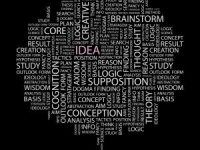
Go direct to the Summarizer App for demostration Contents Introduction Model architecture Data processing Training the Model Model results and comparison with the extractive approach Model serving on the cloud 1. Introduction This is the second part of…
Read More »Text Summarization Part 1: using extractive approach to create summaries
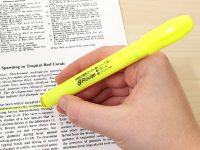
Go direct to the Summarizer App for demostration Contents Project description Process raw data Exploratory data analysis (EDA) Sentence scoring algorithm Flask API on a web server 1. Project description My Capstone Project on Springboard AI/ML Bootcamp was to…
Read More »Recurrent Neural Network for prediction of stock prices trends
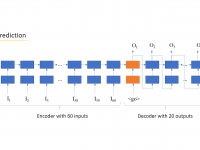
In order to predict the stock prices we firstly collected a large amount of historical data which is avalaible at BM&FBovespa web site. The historical data of all negotiated assets are available for download, with daily information about…
Read More »Prediction of stock prices trends
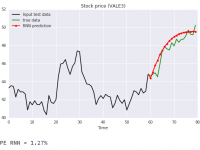
In this study we try to predict the future prices of stocks using a Recurrent Neural Network (RNN) model and feeding it only with a time series of former closing prices. The expected result is a forecasted trend…
Read More »Binary classification of income with Tensorflow Wide & Deep model
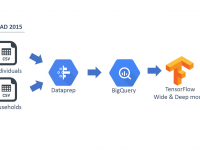
We started this study with the CSV files(1) from PNAD survey related to individuals and to households. Initial data cleaning was done using Dataprep on Google Cloud Platform. The data from the two files were loaded to two…
Read More »Assessment of customer income using predictive model
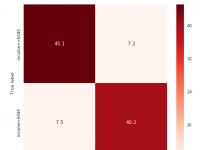
In many business situations is important to identify the level of income of an individual. For example, when planning a marketing campaign it might be an important information for customer base segmentation. In banking it is fundamental for…
Read More »PNAD visualization using BigQuery and Data Studio
In order to produce this quick visualization of PNAD research we firstly got a CSV version of the micro data from PNAD Survey (1). PNAD has two main tables: households and individuals. We took the individuals data and used…
Read More »